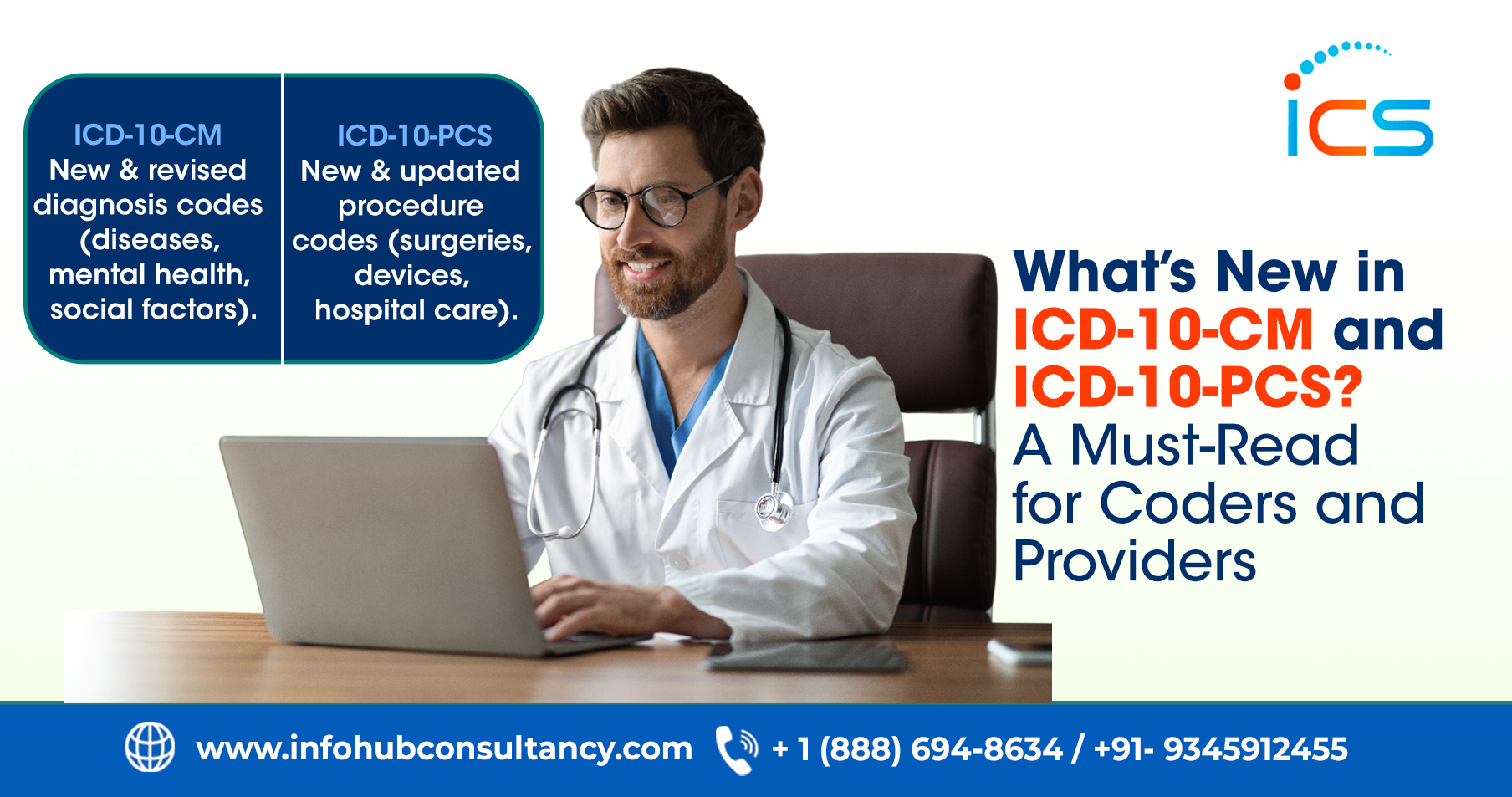Assuring that your practice is operating efficiently requires investigating many things. One of the elements of your program that needs to be working smoothly is your billing method. Info Hub Consultancy Services (ICS)’s Medical billing records are an important way to discover this. They can give you necessary information about claims, payments, and various other features of your practice. Though there is a broad array of reports you should count on for your preparation, some should prioritize others. Following are some of the essential medical billing reports that your practice should check regularly.
The Accounts Receivable Aging Summary
This report is arguably the most critical for your practice. It exhibits which claims the insurance firms have not paid.
One of the most immeasurable parts of an Accounts Receivable Aging Report is that it bestows you which claims have still to be paid and how long they have been unpaid. On average, it necessitates one month for a claim to be paid, and the Accounts Receivable Aging Report can tell you which series have been open for longer than a month. If you see a case that has taken longer than 45 days to clear, you should take note. You may need to take necessary action if a claim is still unpaid after 90 days. You should verify your Accounts Receivable Aging Report periodically.
Payment Trend and Collection Statements
If you notice red flags in your Accounts Receivable Aging Report, Cash Trend and Collection Reports can assist you in getting more data about what may be going on. They show data about how much you have billed and collected. The Insurance Payment Trend Report dispenses this number in correspondence to whatever the insurance provides. This record tells you how much you should order from your cases to settle their claims.
The Key Performance Indicators Record
From a commercial standpoint, Key Performance Indicators Reports provide some of the required information for your practice. They explain to you which methods are the most beneficial. They trace the number of times you have completed each process, the number of your expenses, the total of your collections, outstanding A/R, and complete adjustments. Along with presenting this information individually, they consolidate it to provide you with a clear idea of the profitability of your plans, appointments, and treatments.
The Insurance Analysis Report
This statement provides basic information about the insurers, which can help you make critical choices about revenue. It tracks revenue cycle metrics and displays the top ten payers and insurance firms that contribute the most to your business. It also traces your Collection per Total Relative Value Unit, which gives you data about your charges and getting paid for particular procedures. Ultimately, the Insurance Analysis report gives you the information you need to negotiate better pricing with payers and insurance organizations.
Ideally, it would be best to see that the Collection per Total Relative Value Unit is higher than the prevailing Medicare Conversion Factor. If it is below, you might not be gathering the correct amount from your patients. If you see that some carriers are paying significantly less, it may symbolize that you are not taking a fair deal. You may need to think about dropping that carrier for another one that produces better.
Patient Payments
Another important set of reports that your practice requires to analyze consistently is our patient fees. Getting patients to pay their medical charges can be challenging, especially if the account is enormous. Therefore, tracking patient payments is a necessary part of ensuring that your practice is effective.
Keeping in mind all the benefits that can enjoy, more and more physicians and healthcare providers are adapting to reliable medical coding outsourcing organizations for their coding tasks. It symbolizes that the entire coding services are handed over to the Info Hub Consultancy Services (ICS) – recognized for experienced and proficient coders who eat, drink, and breathe coding.

 4 mins read
4 mins read 







.png)

